Where Do MPG Ratings Come From?

Every new car has a bit of paper full of numbers stuck to it. No, not the price tag, the other piece of paper… the EPA label.
Displaying the car’s rated fuel economy, these numbers can make or break a car buyer’s decision. Ever wonder how those numbers are determined? Read on.
When a car is released, the manufacturer provides its own fuel economy numbers. These are tested in-house and can vary from manufacturer to manufacturer. Many drivers don’t get the same numbers that the manufacturer says they should. It’s the government’s job to set them straight. However, due to the high number of cars released, only about 15% of the vehicles are actually tested.
Another test is done, this time simulating the highway driving experience. The car is brought to a much higher engine speed and kept there for the majority of the test. This test covers a distance of 10.26 miles and the average speed is 48.3 mph. This is important because fuel economy can change drastically depending on how you’re driving. A car being driven in the city is subjected to stop and go traffic, or shorter commutes, where the engine is colder. A car that spends more time on the highway will be warmed up, and will be less prone to sudden acceleration. It’s important to note the distance of the highway test, is just 10.26 miles long, something many drivers would feel isn’t long enough. This is a significant reason why real-world fuel economy numbers don’t match the EPA digits.
A deviation from these tested methods can result in very different fuel economy numbers. According to fueleconomy.gov, changing your driving habits can result in a 33% change in your fuel economy numbers. Starting in 2008, the EPA began doing more testing to get more detailed information to car buyers. Tests are now conducted to include factors like driving in colder weather, using the air conditioner, and high-speed accelerating and braking. As a result, modern EPA ratings are closer than they used to be.
Recently, new additions to the EPA sticker label have been made, including a QR code – something tech-savvy buyers may have noticed. By using a barcode reader app on your phone, the QR code will direct you to the mobile version of www.fueleconomy.gov. From there you can read what the EPA numbers are on the car, personalize them to your driving conditions, and see what other owners of the car are reporting. That’s all pretty handy stuff to have with you when you’re shopping for a new car.
“It’s important to compare vehicles. Get the right information,” says Bo Saulsbury, of fueleconomy.gov. “Saving one mile per gallon is key and can save you lots of money over the length of a year.” Saulbury points out that “No two people drive alike, which is why this information is great.” Being able to see different numbers from different owners certainly is an easy way to see whether the EPA numbers are telling the whole story.”
In the hunt to find the best fuel economy, this new mobile site is a powerful tool. Additionally, users who aren’t interested in buying a new car right now can use the site to help out to-be car buyers. By using the sites “Your MPG” section, users can track their own mileage and fuel costs, and upload that information to the site’s database.
As mentioned, the EPA doesn’t get to test every single new vehicle on the market, so be sure to check out the various resources available to you when looking for a new car, especially the numbers provided by fueleconomy.gov. Fuel economy numbers can vary wildly based on how and where you drive.

Sami has an unquenchable thirst for car knowledge and has been at AutoGuide for the past six years. He has a degree in journalism and media studies from the University of Guelph-Humber in Toronto and has won multiple journalism awards from the Automotive Journalist Association of Canada. Sami is also on the jury for the World Car Awards.
More by Sami Haj-Assaad



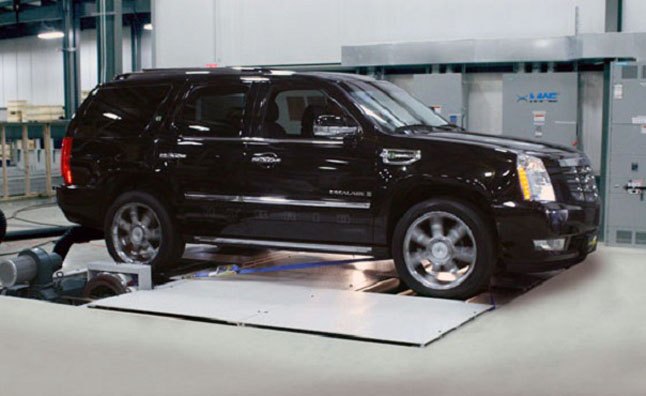
















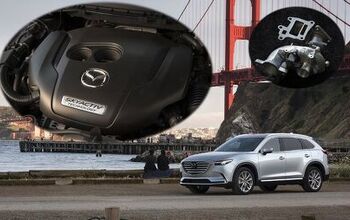

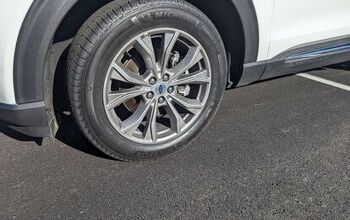

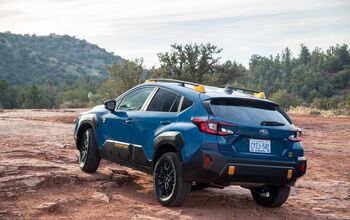








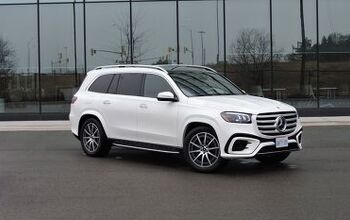

Comments
Join the conversation